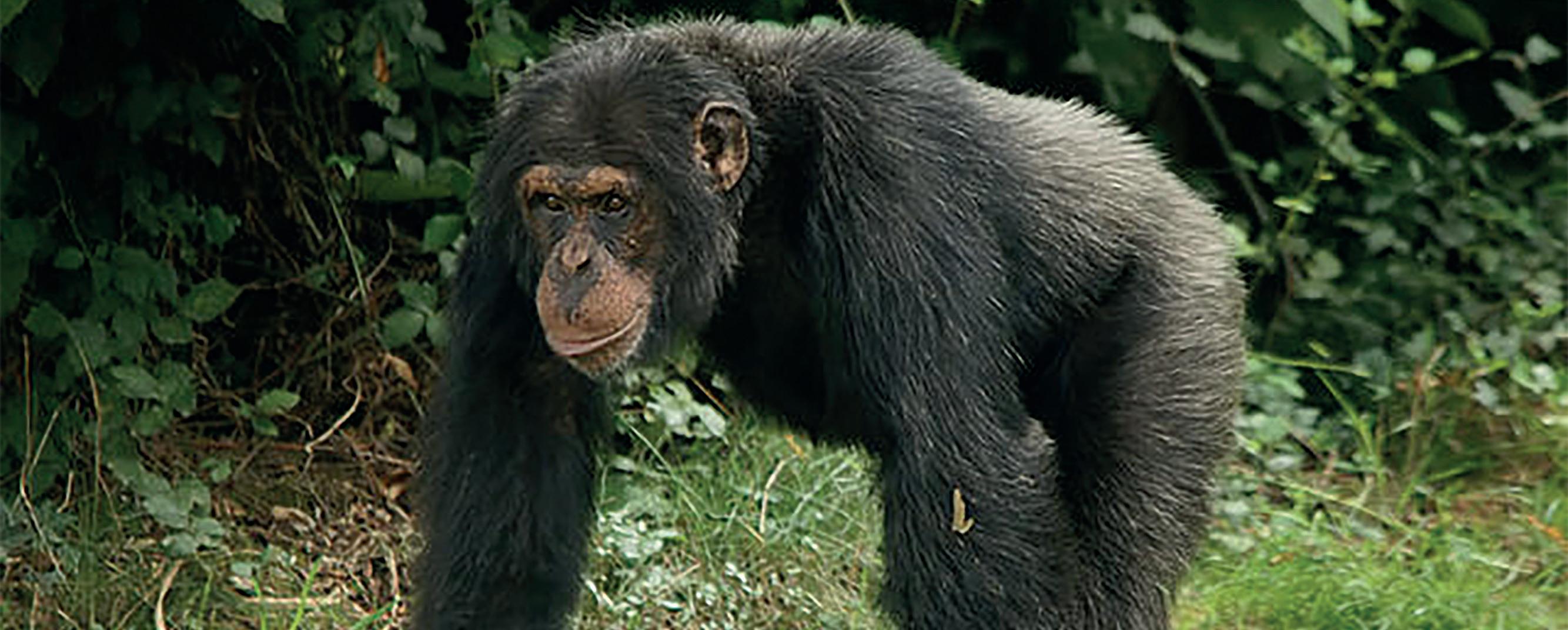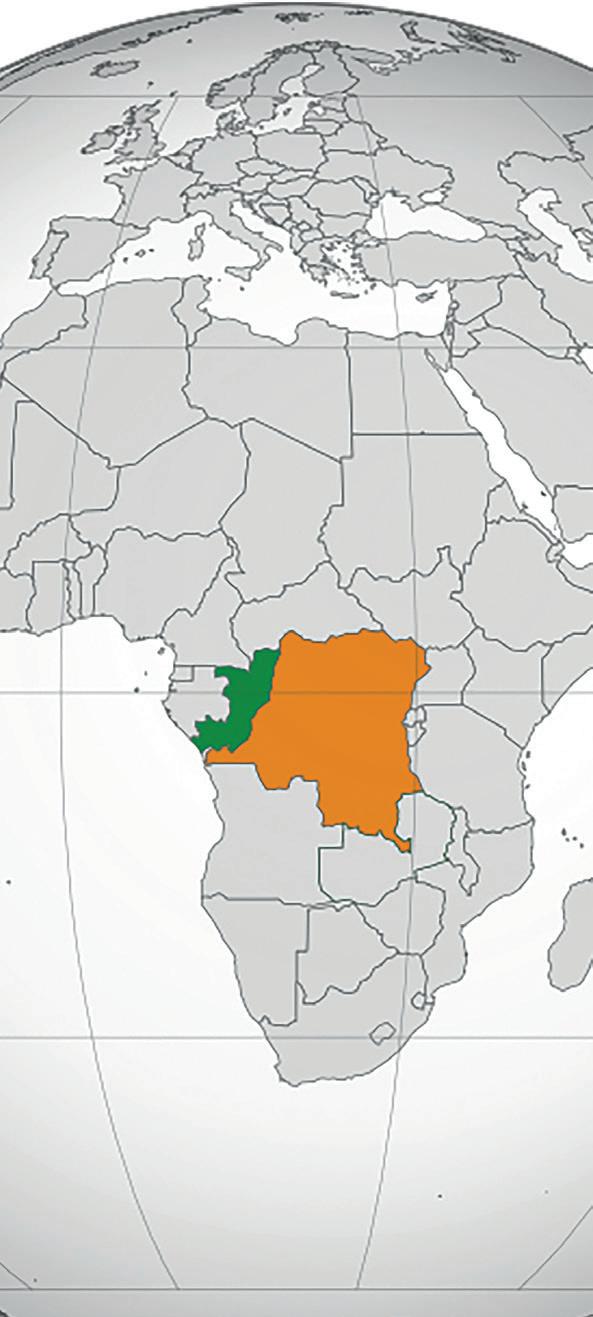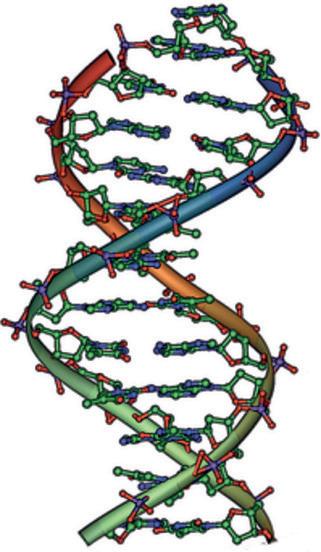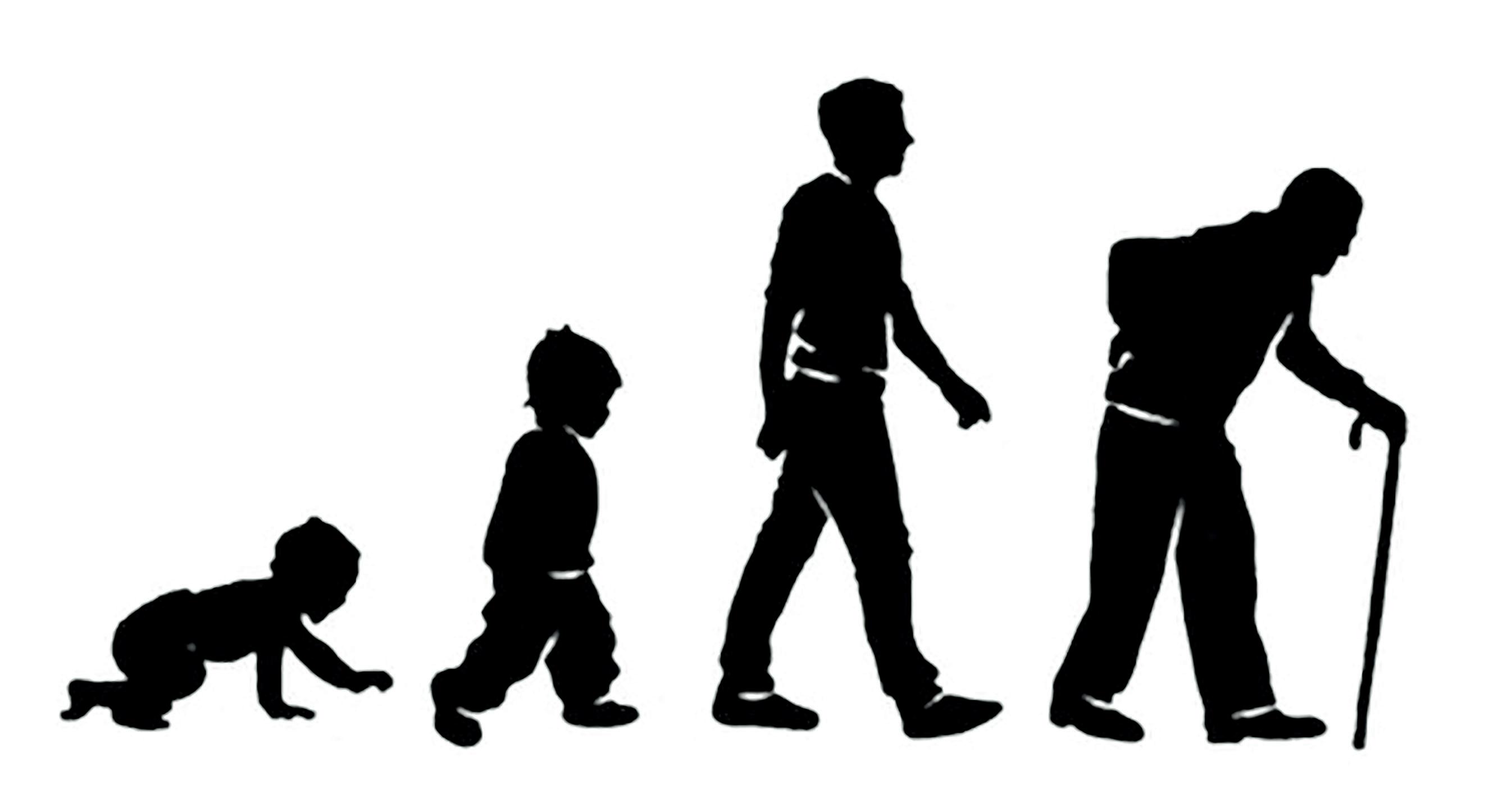
2 minute read
Nature vs. nurture
by Exeposé
Rahul Anand explores the difference in impulsive behaviour between chimpanzees and humans
IAM sure that many of you can remember your teenage years: Jumping off of fences you weren’t supposed to, or trying to do a backflip on concrete, despite the fact you had never done one before. Well, that is an example of risk-taking and impulsive behaviour which, in adolescence, is very prevalent. It then should come as no surprise that teenage chimpanzees, one of our closest relatives, display similar impulsive behaviours to human teens. However, is there a difference in how impulsive adolescent chimpanzees are when compared to adolescent humans?
Advertisement
a gambling exercise where chimpanzees had to choose between two concealed containers, one container guaranteed a food they liked, and the other was either their favourite food or most hated food. In this test, adolescent chimpanzees seemed to choose the risky option more often than adult chimpanzees. The second test was a delayed gratification test, where the chimpanzees were given either one banana slice instantly or three after they waited for one minute. In this test, the adolescent chimpanzees showed similar behaviour to the adult chimpanzees in choosing the delayed reward. This suggests that adolescent chimpanzees are less impulsive than their human counterparts. haviour, however, human adolescents are more impulsive. This now gives rise to the question of why human teens are more impulsive.
The findings of these studies show that human and chimpanzee adolescents both show impulsive be-
Further tests, especially genetic analysis should be done to further investigate this matter.
A recently published study in the American Psychological Association aims to answer these questions. The study assessed this impulsive behaviour and was carried out on 40 wild-born chimpanzees in a sanctuary in the Republic of Congo. Two tests involved the chimpanzees participating in games with a food reward. The first test was

Can we stop ageing?
AGEING is an inevitable process, yet recent scientific studies are calling into question the tangible nature of this process. Recent discoveries have found a new mechanism that im- pacts ageing, reopening the question as to whether ageing can be controlled or potentially even reversed. in gene activity”. Results indicated an early onset change was noticeable in the mice, while in humans a notable change was seen from middle age. This pattern was identifiable not only in organs such as the brain, lungs, and heart but also in the blood, bone, and muscle. Defined as a “system level change,” Luis Amaral (Senior author of the study) uses the metaphor of a waiter, to help explain how, in the the same way a waiter “needs to put in effort to fight the imbalance” of a tray, the gene changes subtly “[bear] down on you, requiring more effort”.
After a study at Northwestern University, the process of ageing has been associated with gene length and defined to be a “subtle imbalance away from equilibrium”. A gene length refers to the number of nucleotides, with short and long genes forming small and large proteins, respectively. As we age, there is an increased amount of short-gene activity linked to a decreased life span, however, we are crucially reminded that the presence of short geneactivity is imperative to allow the body to ‘help fight off pathogens’.


As a result of these findings, scientists are aptly calling into question whether the activity imbalanc - es can be controlled or prevented, therefore not directly curing ageing but reducing symptoms to address the root of the cause. Research into this area is also key in understanding how our ability to fight off illness worsens with age. In the study’s conclusion, there is optimism for future progression, as findings invite “further work on the molecular and temporal onset of the lengthassociated transcriptome imbalance”.
The study utilised data from human tissue, rats, mice, and killifish, and it is interesting to note that results for humans are more significant, as other animals were genetically identical. A change in the median gene length was noticed across all groups, with ageing said to trigger this imbalance as we become unable to “counter perturbations that would lead to an imbalance










